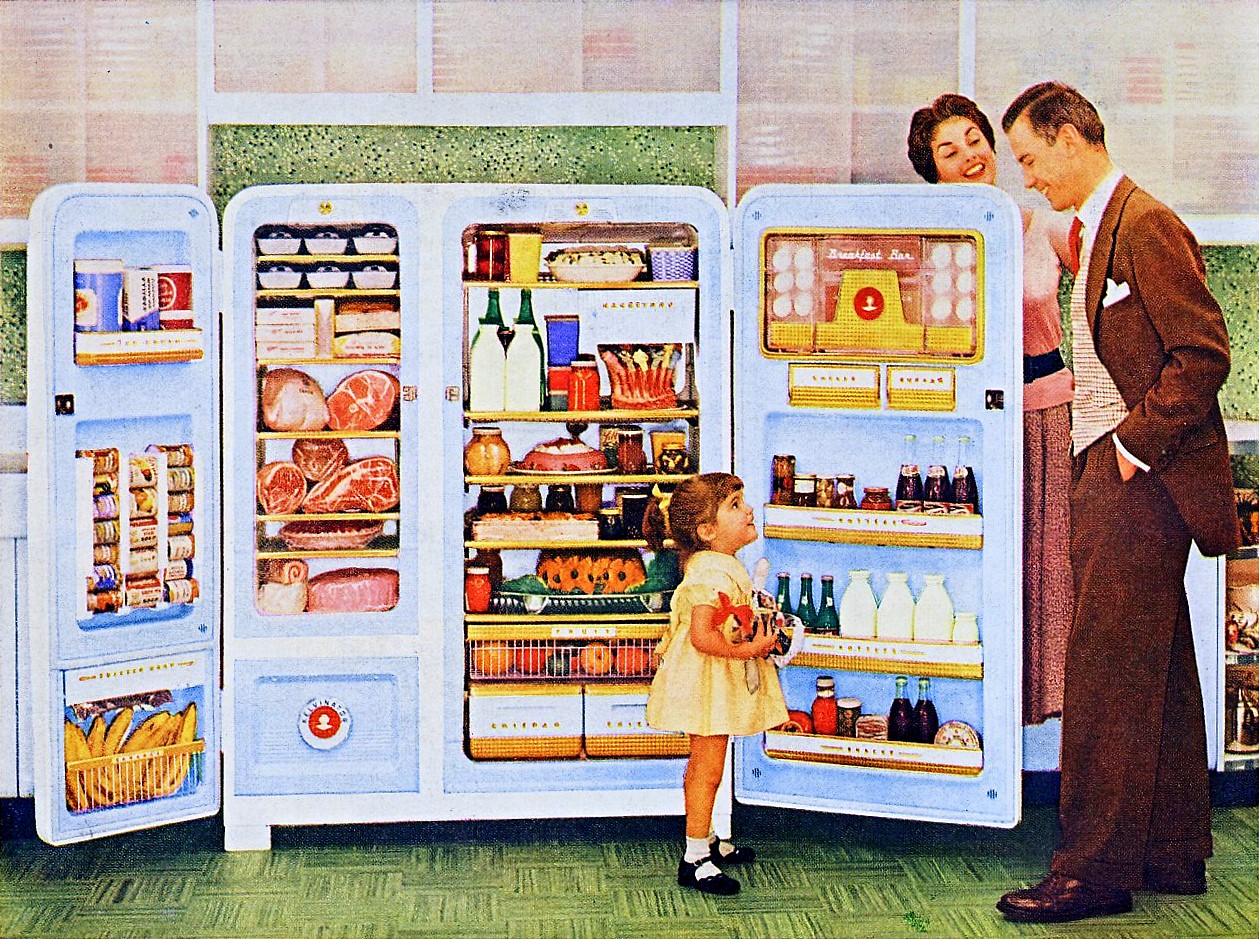Saving Energy With Your Most Used Appliance- The Refrigerator
27th Jul 2015
Most of us are open to money-saving tips regardless of how much we make, and though we might manage to delay turning the AC on for a few days or take shorter showers, there’s no way around running a refrigerator short of buying strictly canned goods. Still, a necessary bill doesn’t have to be an expensive one. With that in mind, here are some tips for conserving energy even while running your refrigerator.
First, be mindful when buying a new fridge of its Energy Guide label. Located on the appliance itself, this tells you how much electricity that particular model uses per year. Models with smaller numbers use less electricity. One way to spot money-saving models with a glance is to look for the ENERGY STAR label. This label designates fridges that use 20% less energy than is required by federal standards. Keeping your fridge updated to newer models will save you money long term, but it’s an expensive one-time cost. If you’re not able to go shopping, there are still ways to cut costs with older models.

Start by keeping the temperature between 35 and 38 degrees Fahrenheit. You can check the temperature of your refrigerator with an appliance thermometer set in a glass of water. Keeping your fridge colder won’t keep the food any fresher and will increase the cost to run it. Especially on older models, be sure the doors are airtight to keep the cold air in. Consider replacing the seal if it seems too loose and if you’re unable to upgrade to a completely new unit. Keep an eye on your freezer and don’t let frost build up to more than one-quarter of an inch as buildup decreases energy efficiency. Keeping the unit clean is beneficial as well. Keeping dirt and dust from coating the coils behind your fridge allows for better airflow through the coils.
Cutting down on energy costs can be as simple as the food you store in the fridge. Keep foods and liquids covered so they’re not releasing moisture into the air, causing the compressor to work harder. Be careful not to overfill you fridge, as this can hinder cold air circulation, but also know that keeping the unit full is good. When there is less space to fill with cold air, your fridge is more effective. Allow hot foods to cool before storing them. Not only can hot containers shatter when met suddenly with the cold air, but the heat will force the fridge to work harder to cool the air. Also be conscious of the number of times you open the refrigerator door. Each time you do, cool air escapes that the unit has to replace. Keep the door open only as long as necessary, be sure to close it completely when you’re done, and try not to open it constantly.
Though you may have limited control over where to place your fridge because of the location of electrical and water hookups, situating it with proper air flow around it will help it run more efficiently. Try to keep it from windows, stoves, or ovens as the heat will compete with the unit’s attempts to keep things cold, causing it to work harder. Try locating the coolest spot in the kitchen and being sure there is sufficient air flow.
Whether you’re able to spend enough to buy a new, more efficient fridge, or you’re only looking to replace the door seal, cutting down on the costs of your refrigerator doesn’t need to include a whole kitchen redo. In fact, you can save money without ever spending any, just by keeping your unit clean and well placed. Oftentimes, I think we stand in front of the open door or cram food in without thinking. But if you’re really serious about saving money, simply being intentional about your fridge use is a simple and effective first step.
